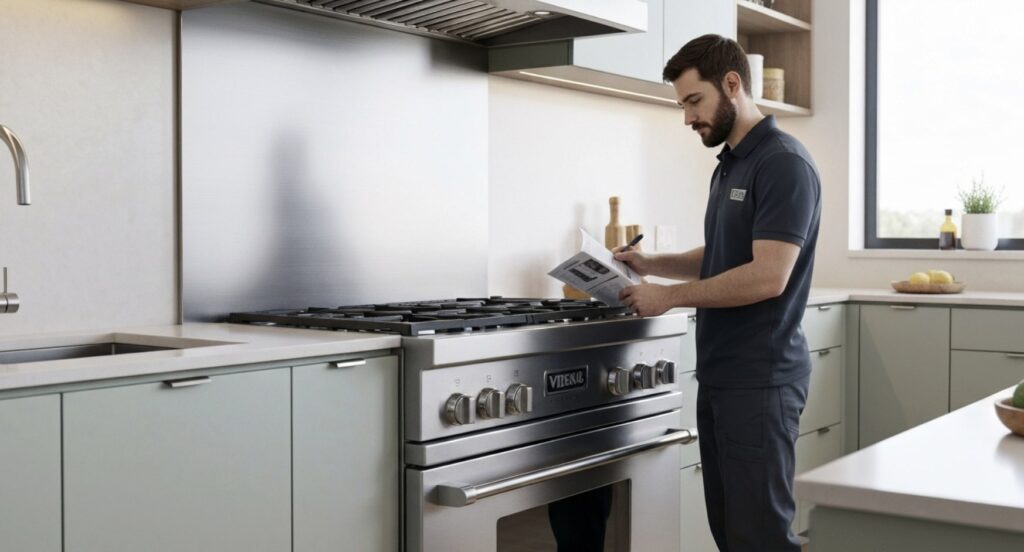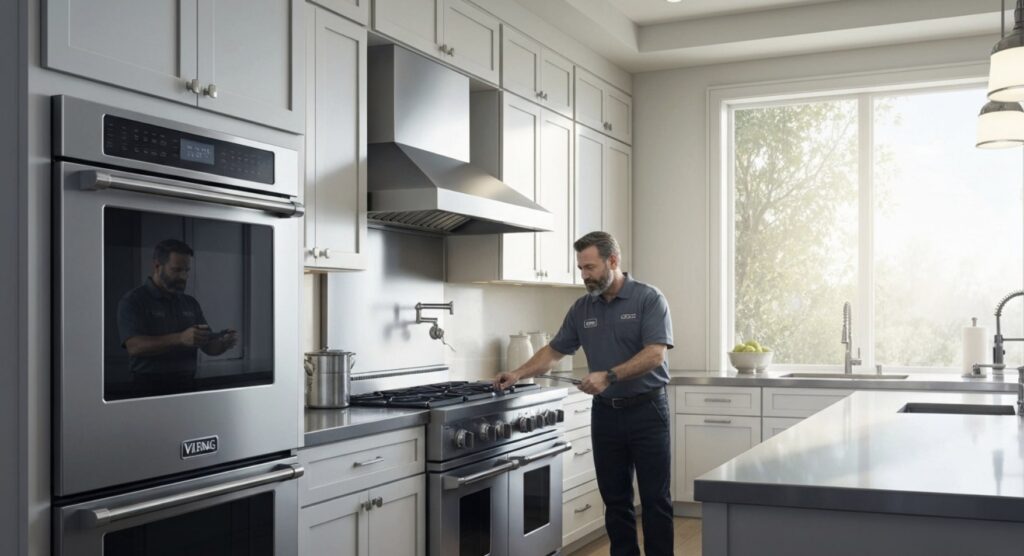Is your Viking microwave in Fort Washington making more noise than usual? A noisy microwave can be disruptive and indicate underlying issues that need attention. In this comprehensive guide, we’ll explore common causes of noise in Viking microwaves and provide expert tips to troubleshoot and repair them effectively, restoring peace and quiet to your kitchen.
A Viking microwave is an essential kitchen appliance designed to heat food quickly and efficiently. However, when it starts to emit unusual noises during operation, it’s essential to address the problem promptly to prevent further damage and ensure optimal performance.
Problem 1: Loud Humming or Buzzing Sounds
One of the most common noise-related issues with Viking microwaves is a loud humming or buzzing sound during operation. This noise can be caused by various factors, such as a malfunctioning magnetron, faulty fan motor, or worn-out turntable motor.
Solution:
Start by inspecting the turntable and its support components for any signs of wear or damage. Replace any worn or damaged parts to see if it resolves the issue. If the noise persists, it may indicate a problem with the magnetron or fan motor, requiring professional diagnosis and repair by a Fort Washington Viking microwave specialist.
Problem 2: Rattling or Vibrating Noise
Another common noise complaint is rattling or vibrating sounds coming from the microwave. This can be caused by loose components, such as the turntable, roller ring, or internal mounting screws.
Solution:
Check the turntable and roller ring to ensure they are properly seated and secured in place. Tighten any loose screws or mounting bolts inside the microwave cavity. If the noise continues, it may indicate a more significant issue with the internal components, requiring professional attention.
Problem 3: Grinding or Scratching Noise
Grinding or scratching noises are often a sign of friction between moving parts inside the microwave. This can occur due to worn-out bearings, damaged drive motors, or debris trapped in the turntable mechanism.
Solution:
Inspection the turntable and its drive components for any signs of wear or damage. Clean the turntable track and drive bushings to remove any debris that may be causing friction. If the noise persists, it may indicate a more severe issue that requires professional repair.
Conclusion:
Dealing with a noisy Viking microwave in Fort Washington can be frustrating, but with the right troubleshooting steps and repair solutions, you can restore peace and quiet to your kitchen. By addressing common noise-related issues such as loud humming or buzzing sounds, rattling or vibrating noises, and grinding or scratching sounds, you can identify the underlying problems and take appropriate action. However, if you encounter difficulties or require professional assistance, don’t hesitate to contact a Fort Washington Viking microwave repair specialist. With their expertise in Viking appliance repair, they can diagnose and resolve noise issues efficiently, ensuring your microwave operates quietly for years to come.






